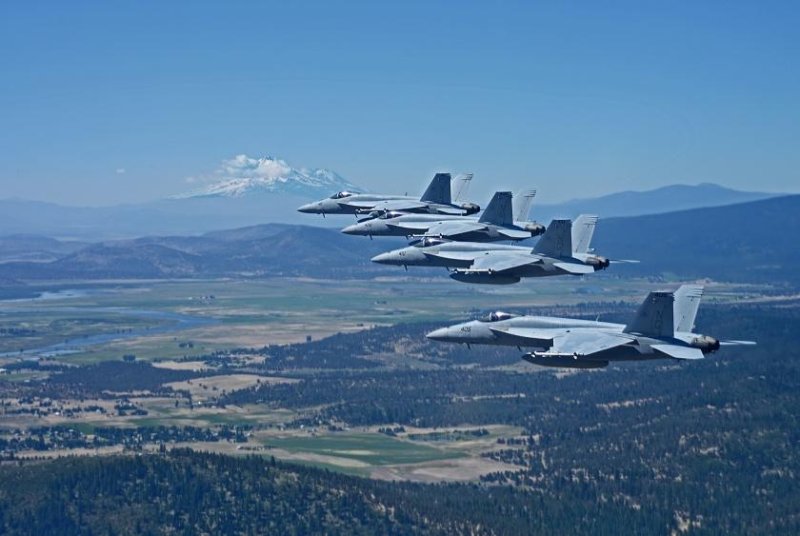Sept. 12 (UPI) -- Senior Navy leaders said naval aviation readiness is gradually improving, but acknowledged that the pace has been frustrating and slow.
During a panel discussion on Sep. 9 at the 61st Annual Tailhook Convention in Reno, Nev., commander of Naval Air Forces Vice Adm. Mike Schoemaker said that though "readiness was our No. 1 priority", overseas commitments and budget constraints make it difficult to intensify improvement.















